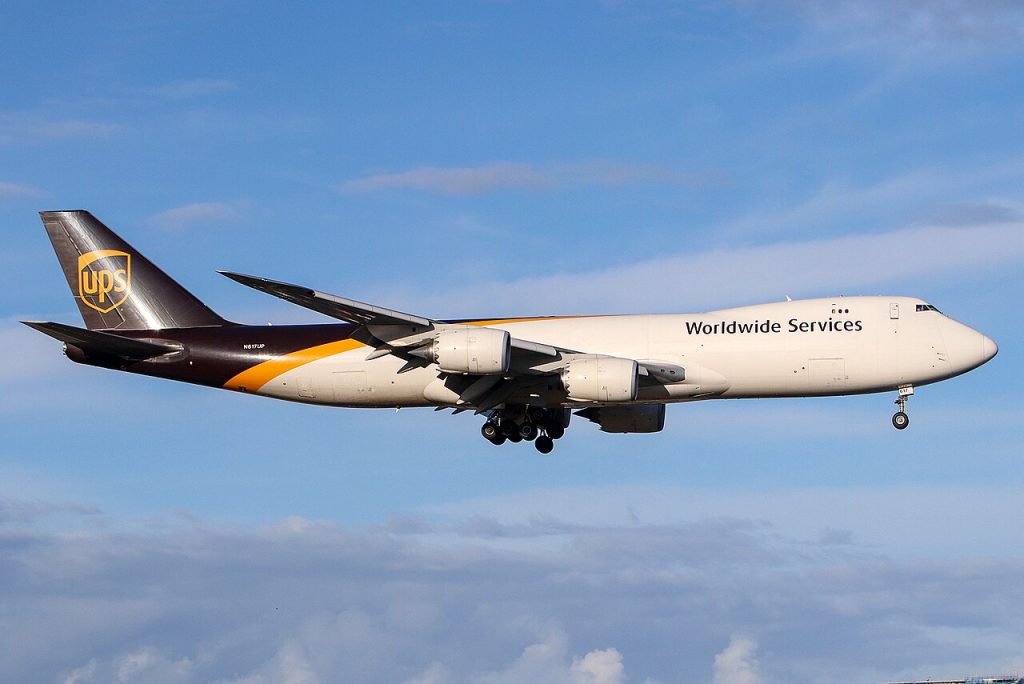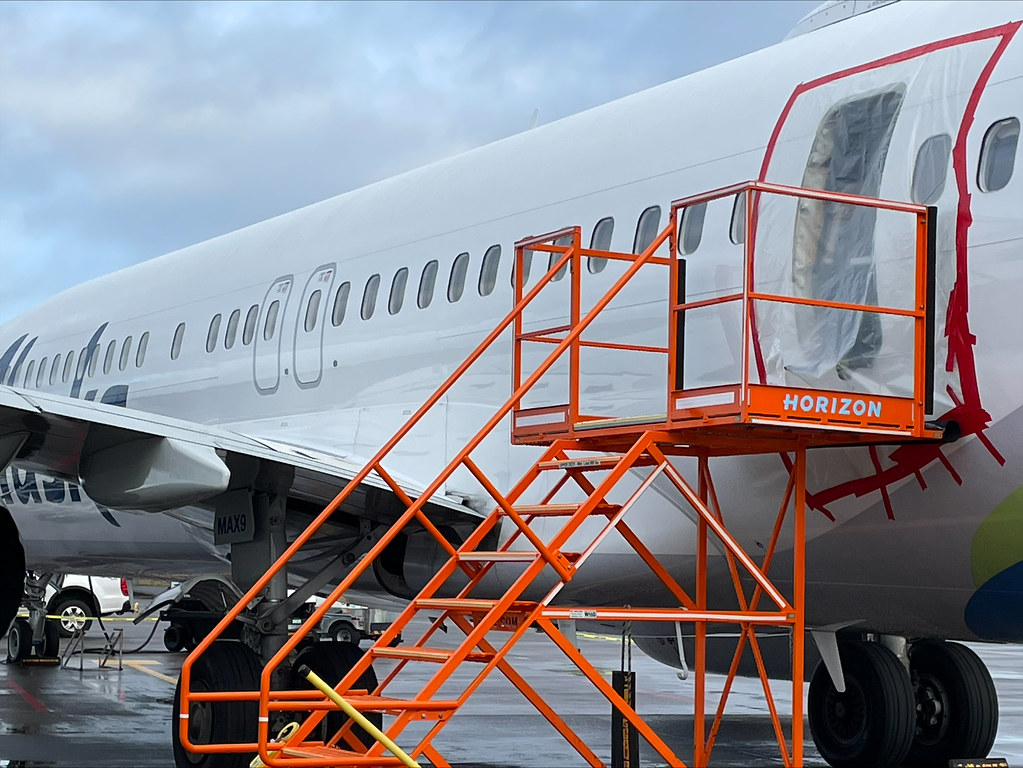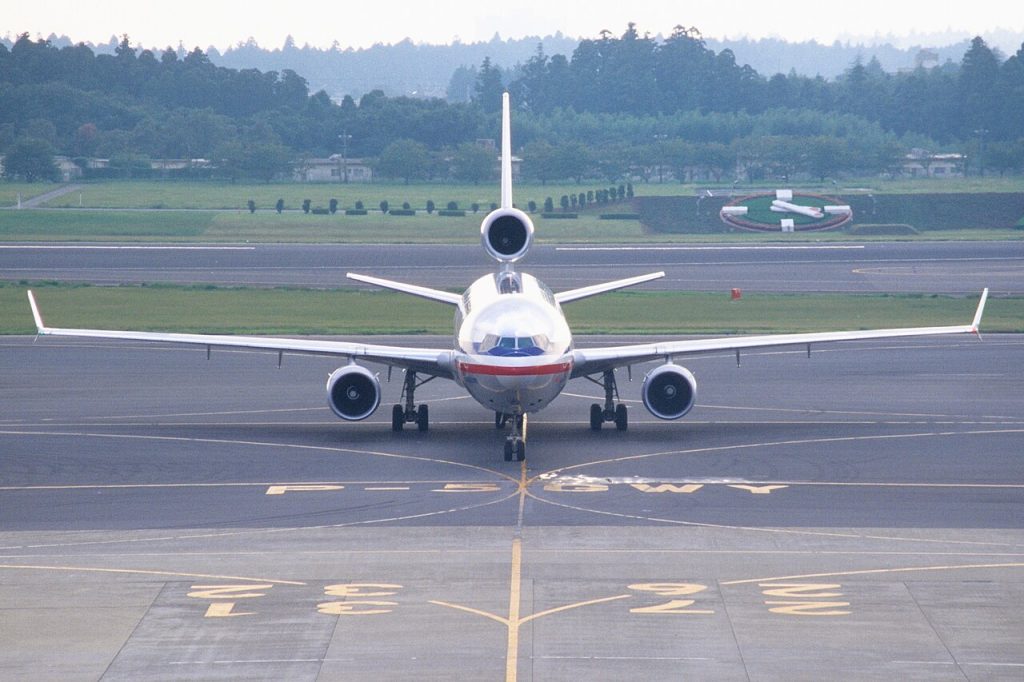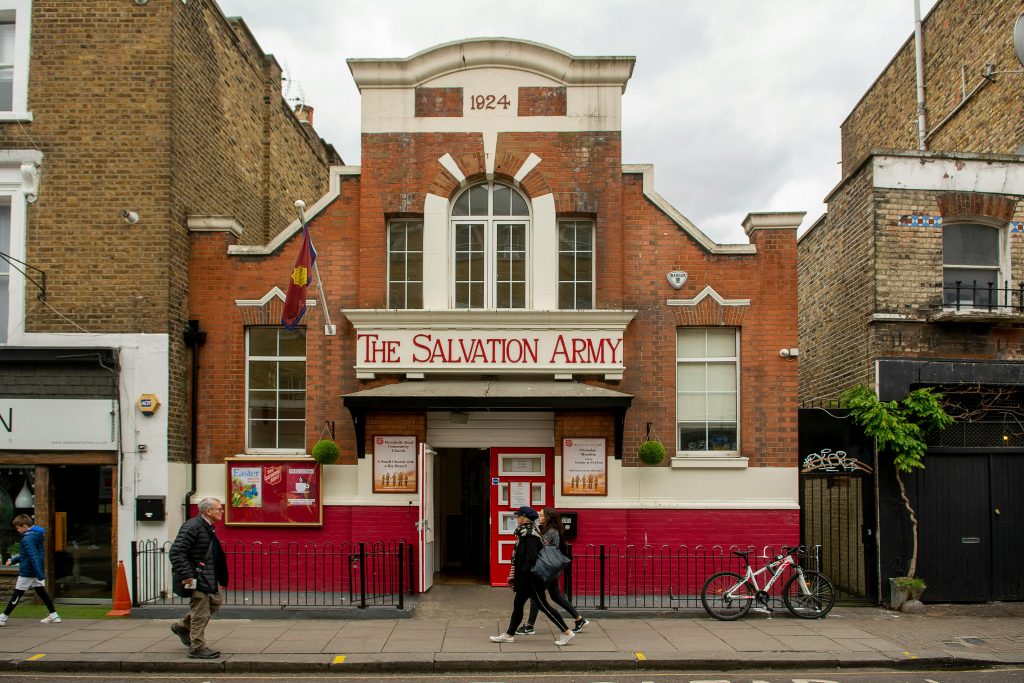
“It’s hard to lose nine plus people and consider yourself lucky,” said Governor Andy Beshear, speaking in front of the wreckage of Louisville’s worst aviation disaster in decades. His words captured the scale of Tuesday evening’s UPS cargo plane crash a catastrophe that claimed at least 12 lives, left multiple people injured, and disrupted one of the world’s busiest logistics hubs.

1. The Last Moments of Flight 2976
UPS Flight 2976, a McDonnell Douglas MD-11F built in 1991, was bound for Honolulu when it began its takeoff roll on the 17R runway at Louisville Muhammad Ali International Airport. Surveillance video obtained by the NTSB shows a large fire plume bursting from the left wing. Moments later, the number-one engine separated and landed onto airport grounds. The aircraft lifted off at a speed of 210.6 mph and climbed to 475 feet altitude before colliding with industrial buildings beyond airport property and igniting a half-mile debris field.

2. A Fireball Over Louisville
The plane was fully loaded with 38,000 gallons of fuel for its 8½-hour journey, fueling the blaze that spread to a petroleum recycling facility and an auto parts business. Louisville Fire Chief Brian O’Neill said it was an “apocalyptic” scene – one he had never seen before in his career – with flames visible for miles and thick black smoke filling the evening sky. More than 200 emergency responders – including 100 firefighters – fought the fire for more than six hours.

3. Casualties and Search Efforts
Officials said all three crew members aboard-Captain Richard Wartenberg, First Officer Lee Truitt, and International Relief Officer Captain Dana Diamond-had been killed, along with nine people on the ground, including one small child. The overall number of deaths could well be higher, since nine people are still missing, Governor Beshear added. Teams of searchers, aided by FBI agents, have worked through layers of charred debris in grid searches.

4. Declaration of Emergency and Other Public Safety Measures
Beshear declared a state of emergency to speed up the disaster response, marshaling resources from the Kentucky National Guard and other state agencies. Shelter-in-place orders have stayed in place for residents within a quarter-mile of the crash site; authorities asked that people avoid touching any debris and report it for retrieval. Air quality is being monitored, while water advisories are on for those “immediately near” the site.

5. Impact on UPS Worldport Operations
Louisville is the site of UPS Worldport, a facility of 5.2 million square feet that sorts as many as 400,000 packages an hour and supports 300 daily flights. The crash forced UPS to halt the sorting of packages Tuesday night, to cancel its Next Day Air and Second Day Air shifts, and to delay shipments across the world. Operations began to return to normal Wednesday, but disruptions are still possible as the investigation unfolds.

6. Inside the NTSB Investigation
A team of 28 NTSB investigators has been analyzing the recovered flight data recorder and cockpit voice recorder; 63 hours of flight data and two hours of audio were yielded from the recorders. Investigators are mapping the debris field, analyzing engine mounts and fan blades and maintenance records. The aircraft had spent six weeks this year grounded in San Antonio for repairs, including corrosion and crack work, though none was performed just before the crash.

7. Aviation Safety Context
Experts draw comparisons with the 1979 American Airlines Flight 191 disaster, which occurred when an engine separated and caused a catastrophic failure. The MD-11 is certified to fly with one engine inoperative, but multiple engine or significant systems damages can render continued flight impossible. Investigators will need to determine whether other components were compromised by debris from the detached engine.

8. Community Coping and Support
The Red Cross and Salvation Army are supporting the families of victims, while vigils are being arranged by the Teamsters union. Mental health experts encourage those affected to avoid repeated exposure to disturbing footage, to stick with routines, and to reach out to support networks. As one local business owner said, “We want to help we’re all neighbors here.”

Efforts to stabilize the crash zone continue, with recovery crews working alongside safety inspectors to ensure the site is secure. While the official cause may take months or years to determine, Louisville’s resilience is already visible in the coordinated response and community solidarity.


